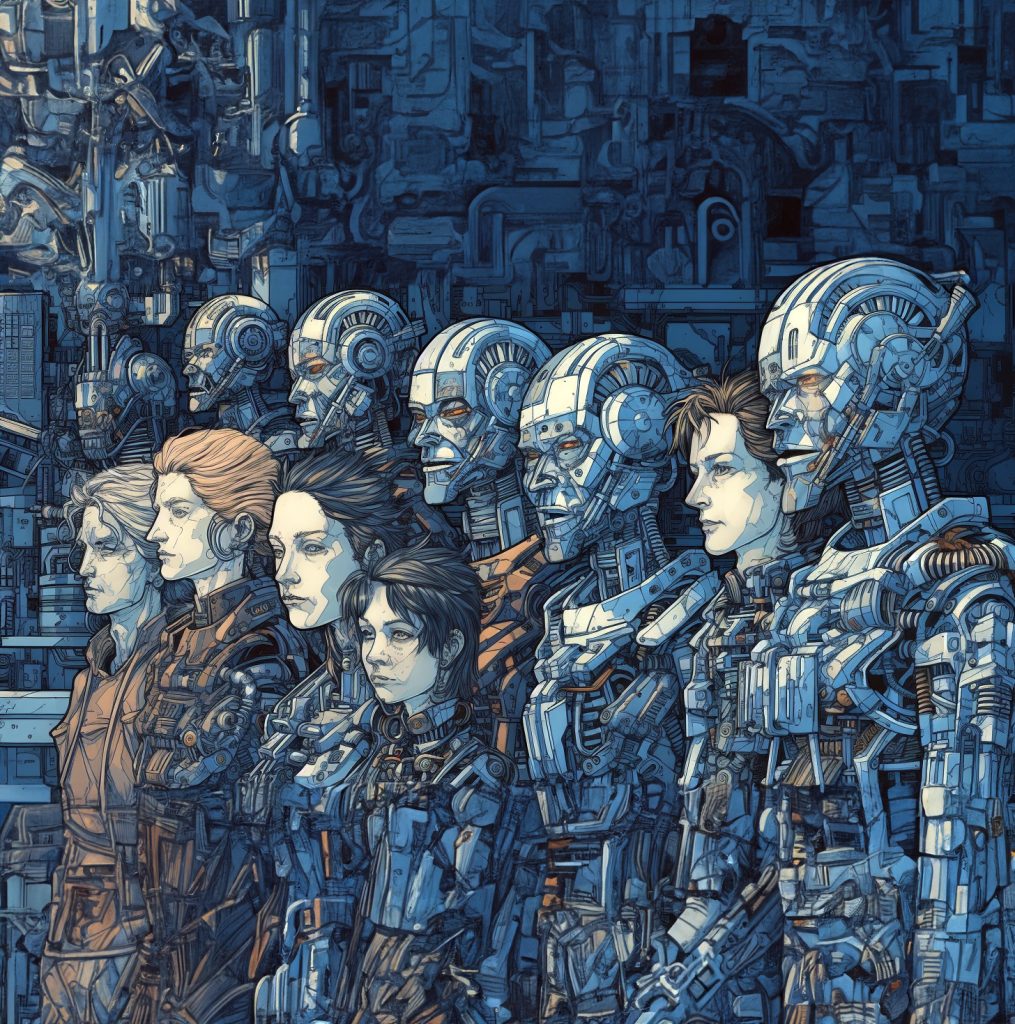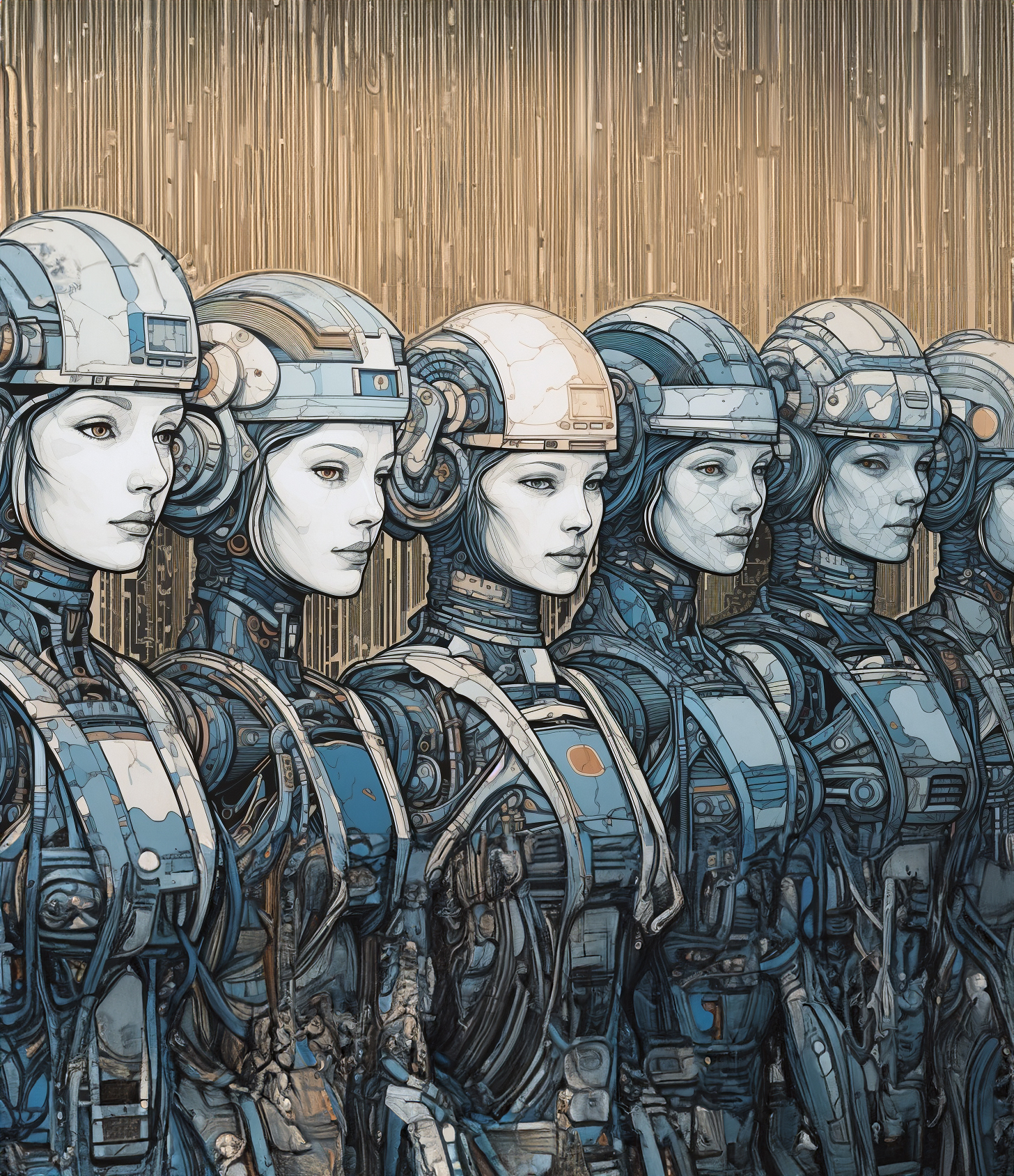Introduction – AI Marketing
AI Marketing is becoming a staple for businesses looking to automate and improve their content distribution. It’s not just a trend; it’s a practical shift in how companies approach marketing, using technology to streamline processes. Initially a topic of interest among tech enthusiasts, AI marketing has now gained widespread acceptance as an effective tool for businesses of all sizes.
The value of AI marketing lies in its ability to automate routine tasks, allowing businesses to focus on strategy and growth. It’s especially useful for small businesses or solo entrepreneurs who need to maximize their time and resources. AI marketing tools can schedule posts, analyze audience engagement, and help to personalize content, making marketing efforts more efficient.
Understanding and utilizing AI marketing can give businesses a competitive edge, making it a critical component of modern digital marketing strategies. It’s time to look beyond the hype and recognize AI marketing as a valuable asset for your business. Let’s explore how it can help you reach your goals.
The Evolution of AI Marketing
AI marketing has come a long way fast. What started as a new idea for tech fans is now a big deal for everyone in marketing. More and more, businesses are seeing that AI can do a lot to help them reach the right people with the right messages.
Now, it’s not just something extra nice to have; it’s become a must-have for a good marketing plan.
As AI keeps getting better, it’s becoming a tool that all kinds of businesses use to help them do better marketing. It’s an exciting change, and it’s helping everyone who gets on board.

The Realities of AI Marketing
AI marketing is helpful, but it’s not a fix-all solution. It’s part of what we call an automated marketing strategy. It’s like having an extra set of tools to help you out, but it doesn’t replace the need for a real person to make the big decisions.
Some people might think that once AI is set up, they can just relax and let it handle everything. But that’s not how it works. AI marketing needs you to steer it in the right direction. It’s great at handling tasks like sorting through data, spotting what’s trending, and making messages feel more personal. But it doesn’t replace the need for human insight and decision-making.
AI is a big help when you’re in charge. You need to keep an eye on it and make sure it’s working the way you want it to. Think of it as a teammate – it’s got skills, but you’re the coach calling the plays. With your guidance, AI marketing can really help you get ahead in the online world.
The Human Element in AI Marketing
AI marketing is smart, but it doesn’t replace the need for real people. AI is good at handling numbers and repetitive tasks quickly. However, it’s the human touch that adds value and meaning to what AI can do.
People are needed to set up AI systems, choose the right information for them to use, and make sense of what they produce. If we let AI do everything without our help, our marketing could become boring and forgettable. Just like music that’s only there to fill the silence, it wouldn’t make an impression.
It’s our human insight and creativity that make AI marketing work well. We’re the ones who make the decisions and guide AI to where it needs to go. Humans have the ideas, and AI has the speed to carry them out. That teamwork is what makes for successful marketing.
Challenges and Limitations
Using AI in marketing can be tricky. If you rely on it too much, you risk losing the personal touch that makes your brand stand out. People prefer to feel like they’re having a conversation, not just getting bombarded with automated messages. AI is great for getting your content seen, but it’s the personal touch that gets people to listen and engage.
The key is to find a good balance. Use AI for what it’s good at, like sorting data and doing repetitive tasks. But don’t forget that it’s the personalized approach that really grabs people’s attention. When your content feels like it’s speaking directly to someone, that’s when it makes an impact.
In short, think of AI as a helpful tool, not the boss. It can take care of the busy work while you focus on the creative side. Businesses that can combine AI’s speed with a real person’s touch will be the ones that thrive.
AI Marketing as a Tool, Not a Replacement
Think of AI in marketing as a helpful tool. It’s great for organizing lists, making emails feel more personal, and making sure you get the most out of your ad budget. But AI isn’t going to do everything.
Here’s the straight talk: AI is like the hardworking team member who does all the number-crunching and organizing without any fuss. But you’re still the boss. You’re the one making the big decisions, shaping the message, and setting the vision.
You should use AI for the routine stuff it’s good at. But when it comes to really connecting with people, that’s where you come in. Your personal touch, your understanding of what your customers feel and want, is something AI can’t match.
So, use AI to handle the basic tasks, but keep your hands on the wheel for the creative and strategic parts. It’s all about how you and AI work together. That’s what will make your marketing stand out.
Being Cautious with AI Marketing Promises
It’s important to be realistic about AI marketing. You might see ads that make big promises about how AI will boost your business with little effort from you. But take these promises with a grain of salt.
AI isn’t a magic solution that works on its own. Just like any tool, it needs someone smart to use it effectively. Think of it this way: AI can give you a lot of help, but it doesn’t replace the need for smart planning and decision-making.
If you hear someone saying that AI will do everything for you, be careful. Ask questions and make sure you understand what AI can and can’t do. AI can do a lot to help your marketing, but it works best when you stay involved. Keep your eyes open, and don’t fall for the idea that AI can handle everything without your input.
Practical Application and Learning
When adding AI to your marketing, start with the basics: what does your brand mean? Once you’re clear on your message, AI can help spread the word more effectively.
AI tools like chatbots are good for talking to customers and helping them out any time of day. They’re useful, but they can’t replace the real-life conversations that make your brand relatable. Use AI as a helper, not the main star.
Get hands-on with these AI tools to really understand what they can and can’t do. This way, you can let AI handle the routine stuff, and you can step in where a personal touch is needed. This approach will make your marketing both smart and personal.
Conclusion
Let’s sum up what we’ve covered about AI marketing. It’s a helpful partner for marketers, not the whole show. When used right, AI can make your work easier and give you great insights, but it doesn’t replace the need for that personal connection with your audience.
The best results come when you use AI for what it’s great at — like sorting through data and handling repetitive tasks — and let people do the rest. That means coming up with creative ideas, understanding customers, and making smart plans.
Interested in learning more about marketing your business on social media? There are many tasks you can offset to AI, and this ebook will help drive the discussion with your AI of choice, whether it is ChatGPT, Bard, or something else. Check out my e-book, “The Fundamentals of Social Media Marketing.” It’s full of tips to help you get better at online marketing. So why not give it a read and keep building your skills? Let’s make the most of what AI and human smarts can do together.
